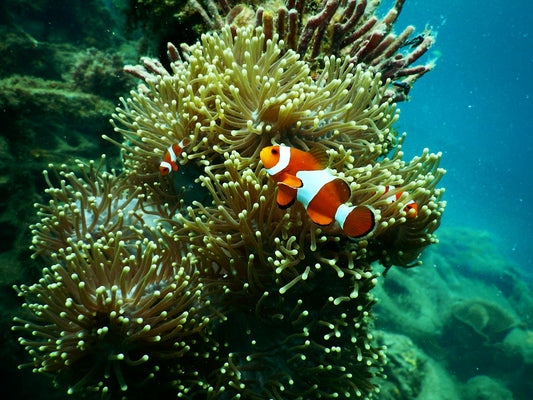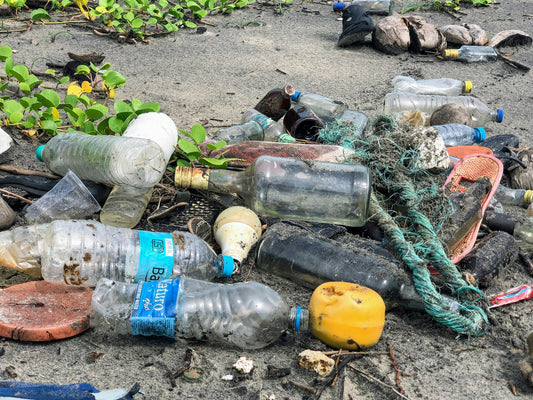Share
TLDR: A Buzz-Kill for Bees
Turns out it's not just high fructose corn syrup and climate change threatening our buzzing buddies, but an uncanny cocktail of unusual suspects. Things are looking more grim than the dance-off scene in Bee Movie. Your friendly neighborhood pollinators now need to navigate a pollen minefield of war, microplastics, streetlights and antibiotics in their bid for survival. Is the sky falling or is it just honey bees?
Conflict Zones: It's a Bee War Out There
Increasing global conflict is putting a real damper on pollination parties. The war in Ukraine is a case in point, simplifying crop diversity and leaving these little fuzz-balls without a healthy buffet of flower noms. It seems even bees are not immune to getting caught in the crossfire of our geopolitical pissing contests.
Microplastics: The Struggle Gets Sticky
On top of outright war, bee hives are infiltrated with a weird microplastic invasion. Research sniffed out PET plastic in European hives, contesting the purity of coveted honey reserves. The planet drowning in plastics is old news, but the audacity to violate the bees – it's just uncalled for. No, seriously, it's a sticky mess!
Manmade Light & Air Pollution: Bees in the Dark
Meanwhile, humanity's never-ending quest to keep the night at bay is costing pollinators dearly. Street lights are turning nocturnal pollinators into the Cinderellas of the insect world, reducing their flower visits by a staggering 62%. Add air pollution to the mix dampening their survival, growth and ability to reproduce, you'd think we were actively trying to wipe them out.
Agricultural Chemicals: Just the Medicine Bees Don't Need
Far from a spoonful of sugar helping the medicine go down, antibiotics, originally intended for agriculture, are infesting hives, honey, and making pollinators act funny by reducing their visits to flowers. The pesticide cocktails are another beast entirely. Thought regulated to be below “safe” limits, they're having a nasty mixer with other chemicals leading to troubling effects.
Protect the Bees, Protect Ourselves
While readers may fear being accused of having a bee in their bonnet, the University of Reading's Prof Simon Potts has highlighted the urgency of identifying and addressing these new threats to prevent further major declines. As pollinators central to our food systems, climate resilience and economic security, protecting them is pretty much protecting us.
Suggested Strategies: Let's Get Buzzy
Users might be buzzing with curiosity how they can help. Suggestions range from legislative changes like stricter laws on antibiotic pollution, transitioning to electric vehicles to curb air pollution, creating flower-rich solar parks, to even developing crops with richer pollen and nectar for improved pollinator nutrition. Just don’t forget to also convert your gardens and public spaces into bee-friendly habitats - every little bit helps thwart this pollination calamity.
We hope you enjoyed this article. Please feel free to leave a comment below if you want to engage in the discussion.
If you want to read more like this, make sure to check out our Blog and follow us on Instagram. If you are interested in truly sustainable products, check out our Shop.
Check out the original source here.








